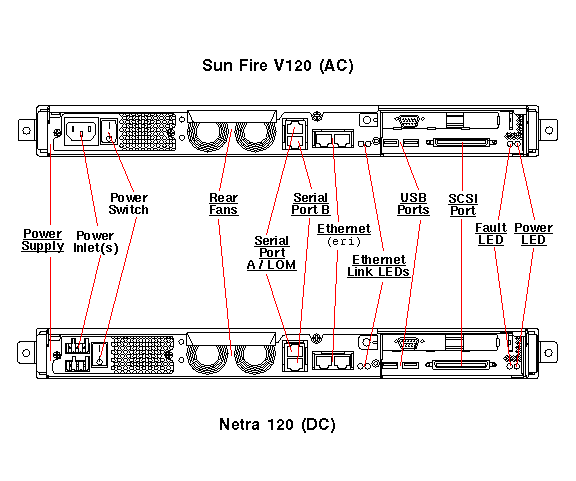josemariagarsiagener
Programmer
hello
I have a Sun System sun fire v120 server and I don't know how to connect it to my desktop so that I can use it to it's fullest capcity. What cabels do I need it has no video card so I can't use a monitor on it?. I want to change the operating system on it to something I am familiar with.???,Please help me
I have a Sun System sun fire v120 server and I don't know how to connect it to my desktop so that I can use it to it's fullest capcity. What cabels do I need it has no video card so I can't use a monitor on it?. I want to change the operating system on it to something I am familiar with.???,Please help me


![[bigsmile] [bigsmile] [bigsmile]](/data/assets/smilies/bigsmile.gif) ).
).